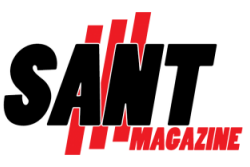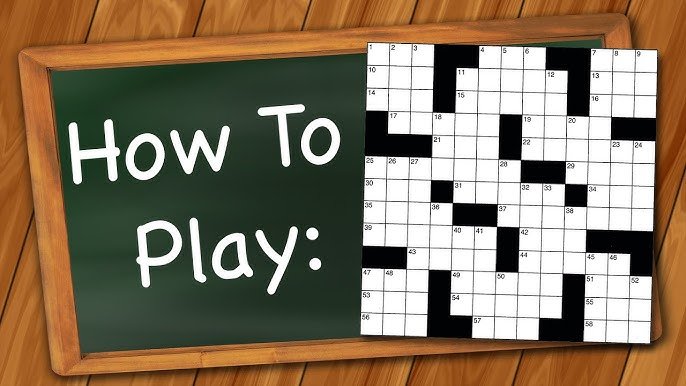A beginner must understand the structural conventions of crossword puzzles before attempting solutions. Understanding fundamental rules about grid layout, clue interpretation, and answer formatting prevents frustration and builds solving confidence. New solvers often struggle because they miss basic principles governing puzzle construction. Learning פתרון תשבצים fundamentals establishes foundations for enjoyable puzzle-solving experiences where knowledge of rules transforms confusing grids into manageable challenges that systematic approaches can conquer methodically.
Grid structure basics
Numbered squares indicate clue starting points where answers begin either horizontally across the grid or vertically down through intersecting spaces. The numbering system runs sequentially from top to bottom and left to right, with each number corresponding to specific clues listed separately for across and down directions. When seeking עזרה בתשבץ crossword help, understanding this numbering convention helps locate where specific answers belong within overall grid structures, preventing placement errors.
- White squares must contain single letters, with each square holding exactly one character, regardless of answer length or word complexity
- Black squares create natural word separators, functioning like spaces in normal text, but appearing as filled blocks within puzzle grids
- Intersecting answers share letters at crossing points, meaning the same letter must satisfy requirements for both horizontal and vertical words simultaneously
- Grid edges define puzzle boundaries, with answers never extending beyond established perimeters, regardless of potential word continuations
- Clue numbers appear only in squares beginning new answers, rather than marking every letter position within completed words
These structural elements define physical puzzle architecture that all crosswords follow, regardless of difficulty level or thematic content, making grid comprehension essential for solving success.
Letter pattern recognition
Common letter combinations appear frequently in crossword answers since puzzle constructors must use actual words that intersect properly through shared letters. Recognising typical patterns like common prefixes, suffixes, or letter pairings helps narrow possibilities when partial answers emerge through intersecting solutions.
- Three-letter words often include THE, AND, FOR, ARE, or other common short words that puzzle constructors favour for filling awkward grid spaces
- Four-letter words frequently use AREA, ONCE, ALSO, EVEN, or similar terms that provide useful vowel-consonant balances for intersecting answers
- Ending patterns like -ING, -TION, -NESS, or -LY appear consistently since these suffixes create numerous valid words that fit various clue contexts
- Starting patterns including UN-, RE-, or PRE- help identify words even when only initial letters are known through crossing answers
- Double letter sequences like SS, LL, EE, or OO occur in predictable positions within words, following standard spelling conventions
These pattern recognition skills develop through practice as solvers internalise language structures that crossword grids repeatedly utilise for construction purposes. Key crossword rules for beginners include understanding grid structure with black square boundaries and numbered starting positions, developing clue-reading techniques that recognise wordplay signals and definition types, mastering letter pattern recognition through common combinations and frequency knowledge, employing starting strategies that build from easy clues using pencil for flexibility, and knowing common answer formats, including plurals and past tense constructions. These fundamental principles provide frameworks for systematic puzzle solving that transform confusing grids into manageable challenges where rule knowledge guides logical solution processes.

